Artificial Intelligence (AI) and modern connectivity technologies are paving the way for a new era in the way buildings are managed and controlled. It goes well beyond automation in classic smart home environments. We are talking about Building Intelligence. This is where particularly sensitive sensors are used that imitate human sensory organs – providing the key to making buildings more efficient.
Beyond lighting: The vision behind Building Intelligence
Inefficiencies are characteristic of everyday life in building management: heating and air-conditioning are not matched to actual demand, office space is not used to its full potential, information on room occupancy is often not available.
This is where Building Intelligence comes in. It provides the basis for managing individual components more efficiently and effectively. With Building Intelligence, building users no longer have to worry about optimising air quality or whether rooms are at the right temperature. Intelligent sensors are central to the new era in building control. They are similar to a human being’s sensory organs:
- they perceive something (sense),
- analyse the data they gather (think),
- put this information into practice (act)
- and learn.
All of this goes way beyond controlling light. Detecting persons, counting true presence – this type of information, too, is also essential in using resources more sustainably and in coordinating staff as well as room use that makes more sense.
Intelligent sensors are already being used to simplify and optimise processes in offices and hotels today. Many other scenarios are set to follow. This means that Building Intelligence will not only take on fundamental significance for the future of building control but also for society as a whole.
Application scenarios
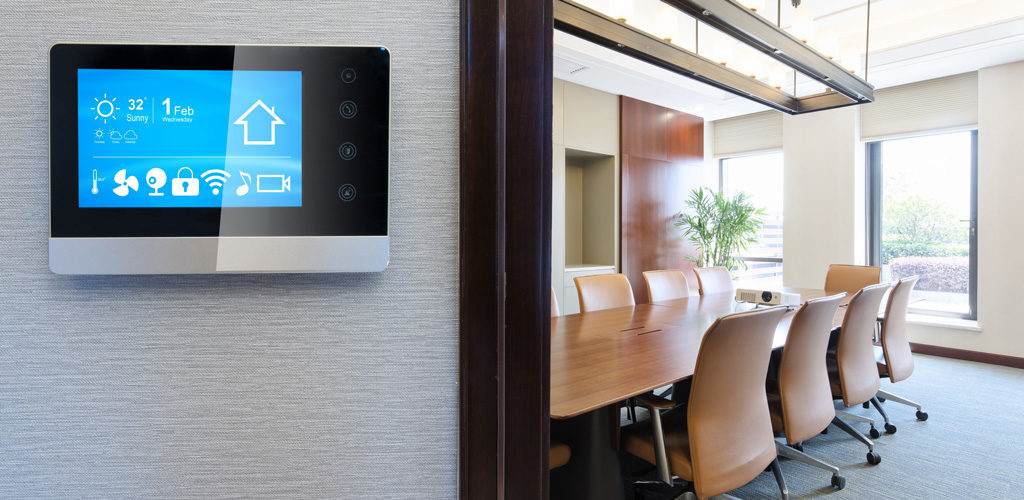
Take the hotel industry and office sector, for example, where intelligent sensors are already providing greater satisfaction among staff and guests today. They are being used in the following applications:
- Room-occupancy management: reliable information on room-capacity utilisation and actual occupancy of meeting rooms
- Organising flexible workplaces: identifying vacant workstations in an open-plan office
- Space optimisation: analysing floor-space use and capacity utilisation
- Occupancy and service management: providing information on the presence of a guest in connection with a hospitality solution
In the future, further areas of application are conceivable in an effort to provide greater safety and security, better health and higher levels of efficiency in buildings. This is where Building Intelligence can be used at key points for easing the workload on staff and for optimising processes:
- Efficient management of lifts and queues: providing real-time data for utilising capacities of specific areas in real time
- Keeping an eye on people in need of care: identifying departure from normality in terms of routine situations and vital functions as well as presence and absence of persons
- Health care: reliable monitoring of patients for hospital staff
- Worst-case management: effective evacuation through exact identification of persons present in a building
The technology behind Building Intelligence
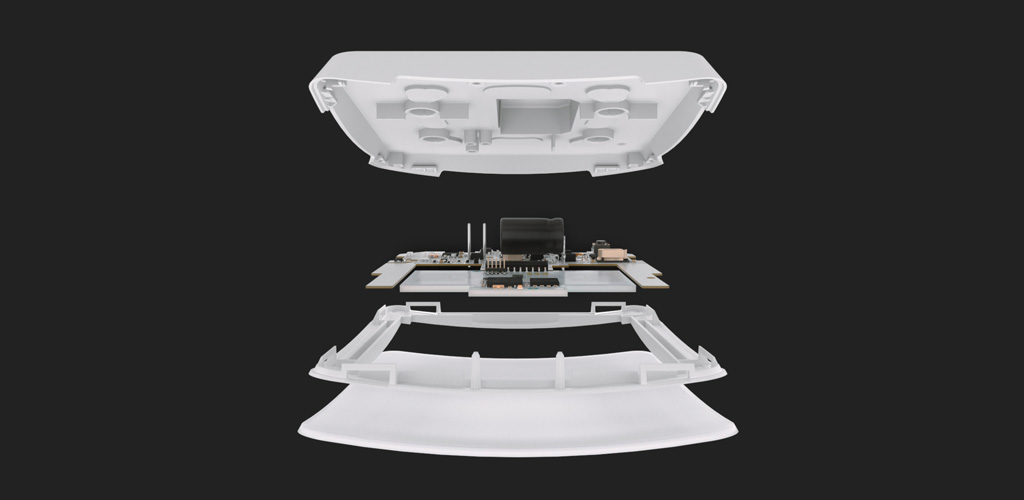
The principle: sensitive sensors bring buildings to life and make them “truly intelligent”. At the technical heart of Building Intelligence are the HPD2 and True Presence multisensors.
Human Presence Detection (HPD2) – Counting persons in real time
At the heart of the HPD2 is a precision optical system which, in combination with a complex mathematical neural algorithm, counts the number of persons present in defined zones. The image analysis capability integrated in the sensor, however, does not deliver real-life images of persons but detects people on the basis of their silhouette. HPD2 also comes with integrated temperature and humidity sensors.
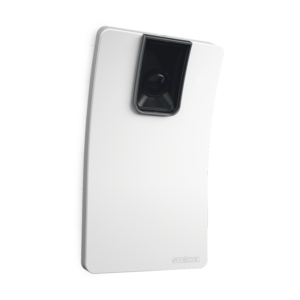
The HPD2
- detects the presence of persons, either sitting or standing, in real time, irrespective of whether they are moving or not
- counts these in defined zones
- controls temperature and humidity in line with needs
True Presence – Exact presence detection
The True Presence multisensor is based on the high-frequency measurement of its surroundings. The sensor system has an extremely high level of resolution and reliably detects presence by means of micro-movements in the form of three-dimensional breathing patterns. This means that persons are detected even if they are not moving.
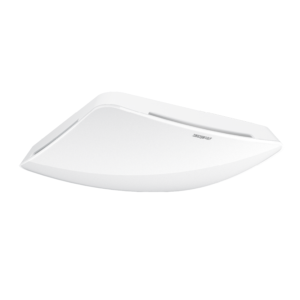
True Presence
- detects persons with 100% precision in conjunction with sensor software
- evaluates the sensor data and makes stay-ON times unnecessary
- measures temperature, air humidity, CO2 levels, air pressure, concentration of volatile organic compounds (VOC) and light level in a room
